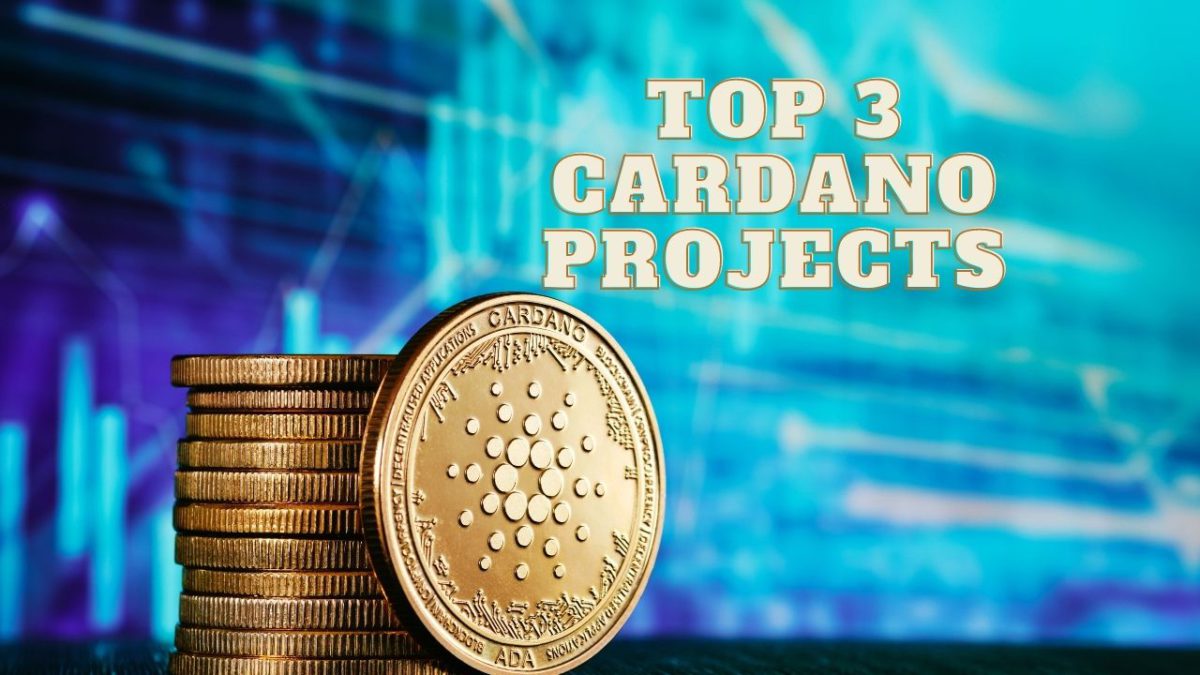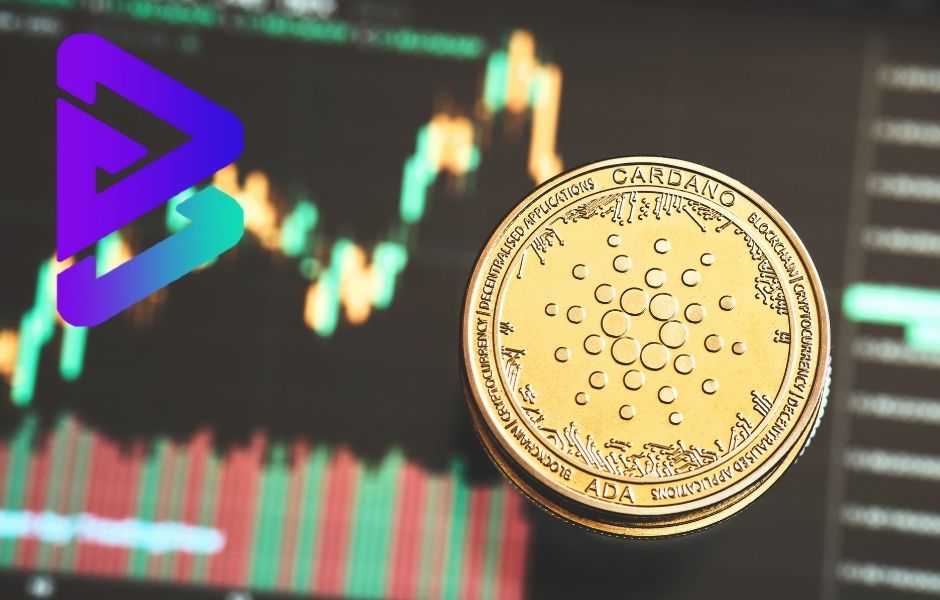DeFi Growth: How Amazing DeFi Platforms Are Revolutionizing Lending, Staking, and Exchanges with Record-Breaking TVL In 2024
Decentralized Finance (DeFi) has emerged as one of the most transformative and rapidly growing sectors within the cryptocurrency and blockchain ecosystem. Over the past few years, DeFi platforms have seen a massive surge in adoption, with the Total Value Locked (TVL) reaching unprecedented highs. This remarkable growth is reshaping traditional financial services and driving innovation in areas such as lending, staking, and decentralized exchanges.
In this article, we will explore the explosive growth of DeFi, examine the factors contributing to the rise in TVL, and delve into the innovative advancements in lending, staking, and decentralized exchanges that are pushing the boundaries of what’s possible in finance.
DeFi’s explosive growth in 2024
In 2024, Decentralized Finance (DeFi) has continued its explosive growth, marked by several key trends:
- Record-Breaking Total Value Locked (TVL): DeFi platforms have achieved new highs in TVL, reflecting increased capital inflows and user engagement. This growth underscores the sector’s expanding influence in the financial ecosystem.
- Innovation in Financial Services: There has been significant innovation in DeFi lending, staking, and decentralized exchanges. Lending platforms now offer more sophisticated features, staking solutions have introduced liquid staking, and decentralized exchanges are incorporating cross-chain capabilities and advanced liquidity mechanisms.
- Increased Adoption and Integration: Traditional financial institutions and mainstream users are increasingly engaging with DeFi services. Partnerships between DeFi platforms and traditional finance are growing, facilitating greater integration into the broader financial system.
- Focus on Security and Scalability: As DeFi’s popularity rises, there is a heightened focus on improving security and scalability. Efforts are being made to enhance smart contract security and implement scaling solutions to handle growing user demand.
- Regulatory Developments: The regulatory landscape for DeFi continues to evolve, with governments and regulators working to address the unique aspects of decentralized finance. Clearer regulations are anticipated to help legitimize and stabilize the sector.
Overall, 2024 has seen DeFi solidify its role in the financial world, driving innovation and attracting increasing participation while navigating challenges and regulatory developments.
Understanding DeFi and Its Impact
Decentralized Finance (DeFi) refers to a broad range of financial applications built on blockchain technology that operate without intermediaries. Unlike traditional finance, which relies on centralized institutions like banks and financial intermediaries, DeFi leverages smart contracts and blockchain networks to provide financial services directly to users.
Key Features of DeFi:
- Decentralization: DeFi platforms operate on decentralized networks, reducing reliance on central authorities and intermediaries.
- Transparency: Transactions and smart contracts are recorded on public blockchains, providing transparency and traceability.
- Accessibility: DeFi platforms are accessible to anyone with an internet connection, allowing users to participate in financial activities regardless of their geographic location or financial status.
- Programmability: Smart contracts enable programmable financial transactions, allowing for more complex financial products and services.
Total Value Locked (TVL) and Its Significance
Total Value Locked (TVL) is a key metric used to gauge the growth and adoption of DeFi platforms. TVL represents the total amount of assets staked, lent, or otherwise locked within DeFi protocols. It serves as an indicator of the platform’s popularity and the amount of capital being utilized in its ecosystem.
Growth of TVL in DeFi:
- Historical Growth: Over the past few years, TVL in DeFi platforms has seen exponential growth. From a few billion dollars in early 2020, TVL surged to over $200 billion by late 2023. This growth reflects increasing investor confidence and adoption of DeFi services.
- Diverse Assets: The TVL encompasses a wide range of assets, including cryptocurrencies, stablecoins, and tokenized assets. The diversification of assets contributes to the robustness and resilience of DeFi ecosystems.
Innovations in DeFi Lending
DeFi lending platforms have emerged as one of the most popular and transformative applications within the DeFi space. These platforms allow users to lend and borrow assets without the need for traditional financial intermediaries.
1. Lending Platforms:
DeFi lending platforms enable users to lend their assets and earn interest or borrow assets by providing collateral. Key innovations in DeFi lending include:
- Collateralized Loans: Most DeFi lending platforms require borrowers to provide collateral to secure their loans. This ensures that lenders are protected against default and provides a mechanism for managing risk.
- Overcollateralization: Many DeFi lending platforms use overcollateralization, where borrowers must deposit more collateral than the value of the loan. This approach helps mitigate risk and maintain platform stability.
- Automated Market Makers (AMMs): AMMs are used to facilitate lending and borrowing by creating liquidity pools. These pools allow users to deposit assets and earn interest while providing liquidity for borrowers.
2. Examples of Leading DeFi Lending Platforms:
- Compound: Compound is a decentralized lending protocol that allows users to earn interest on their crypto assets and borrow against them. It operates using an algorithmic interest rate model and offers a wide range of supported assets.
- Aave: Aave is a decentralized lending platform that offers features such as flash loans and interest rate switching. It supports a diverse range of assets and provides users with the ability to earn interest or borrow funds.
- MakerDAO: MakerDAO is a decentralized lending platform that enables users to create and manage the DAI stablecoin by locking up collateral in smart contracts. It plays a crucial role in the DeFi ecosystem by providing a decentralized stablecoin.
Also, read – Importance of Total Value Locked (TVL) In DeFi protocol
Staking Innovations in DeFi
Staking is another area of DeFi that has seen significant growth and innovation. Staking involves locking up assets in a blockchain network to support network operations and earn rewards.
1. Types of Staking:
- Proof of Stake (PoS): PoS is a consensus mechanism where validators are chosen to create new blocks and validate transactions based on the number of assets they stake. Validators earn rewards for their participation in the network.
- Delegated Proof of Stake (DPoS): DPoS is a variation of PoS where token holders vote for delegates who validate transactions and create new blocks. This system aims to improve scalability and governance.
2. Innovations in Staking:
- Liquid Staking: Liquid staking allows users to stake their assets while maintaining liquidity. Instead of locking assets in a staking contract, users receive a liquid token that represents their staked assets, which can be used in other DeFi applications.
- Staking-as-a-Service: Staking-as-a-Service providers offer solutions for users who want to participate in staking without managing the technical aspects themselves. These services handle the staking process and distribute rewards to users.
3. Examples of Leading DeFi Staking Platforms:
- Lido: Lido is a liquid staking protocol that allows users to stake assets on Ethereum 2.0 and receive stETH tokens in return. These tokens can be used in other DeFi applications, providing liquidity while participating in staking.
- Rocket Pool: Rocket Pool is a decentralized staking protocol for Ethereum 2.0 that allows users to stake their ETH and earn rewards while maintaining control of their assets. It also provides a decentralized node operator network.
Decentralized Exchanges (DEXs) and Their Innovations
Decentralized exchanges (DEXs) are a core component of the DeFi ecosystem, enabling users to trade assets directly with one another without relying on centralized intermediaries.
1. Key Innovations in DEXs:
- Automated Market Makers (AMMs): AMMs are a fundamental innovation in DeFi trading. They use smart contracts to create liquidity pools, allowing users to trade assets without relying on order books. AMMs determine asset prices based on the supply and demand within the pool.
- Liquidity Mining: Liquidity mining incentivizes users to provide liquidity to DEXs by offering rewards in the form of native tokens. This helps DEXs attract liquidity and enhance trading activity.
- Cross-Chain Compatibility: Some DEXs are working on solutions to enable cross-chain trading, allowing users to trade assets across different blockchain networks. This can enhance liquidity and expand trading opportunities.
2. Examples of Leading DEXs:
- Uniswap: Uniswap is one of the most popular DEXs, known for its use of AMMs to facilitate trading. It operates on the Ethereum blockchain and supports a wide range of ERC-20 tokens.
- SushiSwap: SushiSwap is a decentralized exchange that originated as a fork of Uniswap. It offers additional features such as yield farming and staking, providing users with multiple ways to earn rewards.
- PancakeSwap: PancakeSwap is a DEX built on the Binance Smart Chain (BSC) and operates similarly to Uniswap. It offers lower transaction fees and supports various BEP-20 tokens.
The Future of DeFi: Trends and Challenges
As DeFi continues to grow and evolve, several trends and challenges will shape its future.
1. Trends to Watch:
- Integration with Traditional Finance: DeFi platforms are increasingly exploring partnerships and integrations with traditional financial institutions. This could lead to greater adoption and mainstream acceptance of decentralized financial services.
- Enhanced Security Measures: As DeFi grows, security will remain a critical focus. Ongoing efforts to improve smart contract security, audit protocols, and risk management will be essential to ensuring the safety of DeFi platforms.
- Regulatory Developments: The regulatory landscape for DeFi is still evolving, with governments and regulators exploring how to address the unique aspects of decentralized finance. Clear regulatory frameworks will be crucial for the continued growth and adoption of DeFi.
2. Challenges to Address:
- Scalability: Many DeFi platforms operate on Ethereum, which faces scalability challenges. Solutions such as layer-2 scaling and alternative blockchain networks will be important for addressing these issues and supporting continued growth.
- User Education: As DeFi attracts more users, there will be a need for increased education and awareness about the risks and opportunities associated with decentralized finance. Providing resources and support for new users will be crucial for fostering a safe and informed DeFi ecosystem.
Conclusion
The explosive growth of DeFi platforms and the record-breaking Total Value Locked (TVL) reflect the transformative impact of decentralized finance on the financial industry. Innovations in lending, staking, and decentralized exchanges are pushing the boundaries of what’s possible and driving the evolution of financial services.
As DeFi continues to expand, it will be essential for stakeholders to navigate the challenges and opportunities associated with this rapidly growing sector. By embracing innovation, enhancing security, and fostering regulatory clarity, the DeFi ecosystem has the potential to reshape the future of finance and provide new opportunities for users around the world.
The journey of DeFi is just beginning, and its evolution will be closely watched by both industry participants and regulators. As the landscape continues to develop, staying informed and engaged will be key to understanding and harnessing the power of decentralized finance.
Stay informed with daily updates from Blockchain Magazine on Google News. Click here to follow us and mark as favorite: [Blockchain Magazine on Google News].
Get Blockchain Insights In Inbox
Stay ahead of the curve with expert analysis and market updates.
latest from tech
Disclaimer: Any post shared by a third-party agency are sponsored and Blockchain Magazine has no views on any such posts. The views and opinions expressed in this post are those of the clients and do not necessarily reflect the official policy or position of Blockchain Magazine. The information provided in this post is for informational purposes only and should not be considered as financial, investment, or professional advice. Blockchain Magazine does not endorse or promote any specific products, services, or companies mentioned in this posts. Readers are encouraged to conduct their own research and consult with a qualified professional before making any financial decisions. The featured image used is just a creative depiction of the title and it does not intend to hurt sentiments of any person or institution. If it hurts anyone sentiments, please do not hesitate to reach out to Blockchain Magazine.

 Bitcoin
Bitcoin  Ethereum
Ethereum  XRP
XRP  Tether
Tether  Solana
Solana  Dogecoin
Dogecoin  USDC
USDC  Cardano
Cardano  Lido Staked Ether
Lido Staked Ether  TRON
TRON  Chainlink
Chainlink  Avalanche
Avalanche  Wrapped stETH
Wrapped stETH  Stellar
Stellar  Wrapped Bitcoin
Wrapped Bitcoin  Sui
Sui  Hedera
Hedera  Toncoin
Toncoin  Shiba Inu
Shiba Inu  WETH
WETH  Polkadot
Polkadot  Parkcoin
Parkcoin  LEO Token
LEO Token  Litecoin
Litecoin  Bitget Token
Bitget Token  Bitcoin Cash
Bitcoin Cash  Uniswap
Uniswap  Official Trump
Official Trump  Hyperliquid
Hyperliquid  Wrapped eETH
Wrapped eETH  Pepe
Pepe  USDS
USDS  NEAR Protocol
NEAR Protocol  Ethena USDe
Ethena USDe  Aave
Aave  Aptos
Aptos  Internet Computer
Internet Computer  Ondo
Ondo  WhiteBIT Coin
WhiteBIT Coin  Ethereum Classic
Ethereum Classic  POL (ex-MATIC)
POL (ex-MATIC)  Monero
Monero  Algorand
Algorand  Cronos
Cronos  OKB
OKB  Mantle
Mantle  Dai
Dai  Render
Render 




